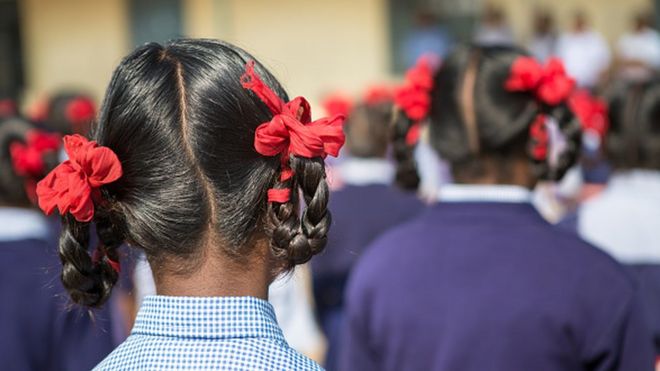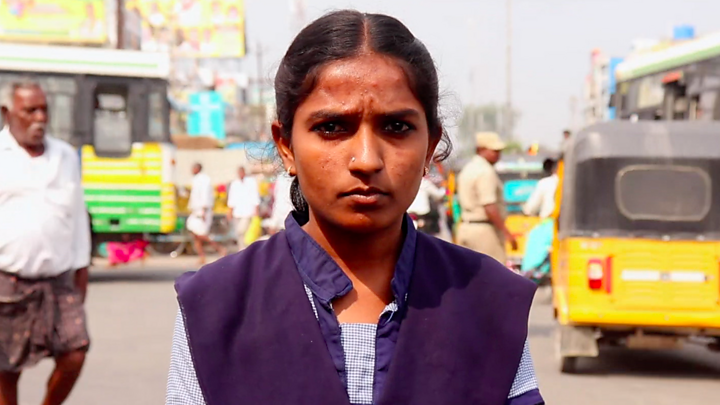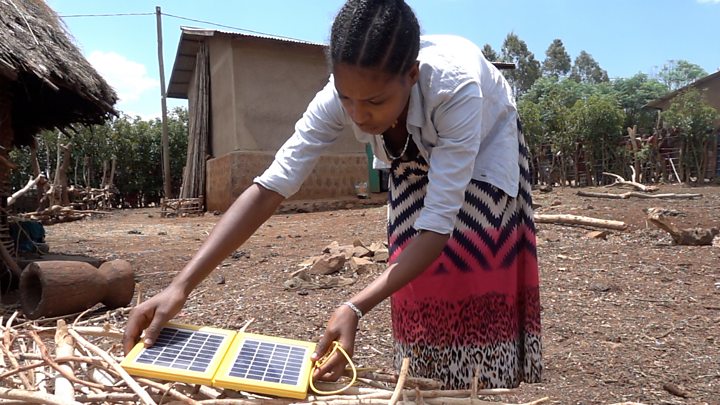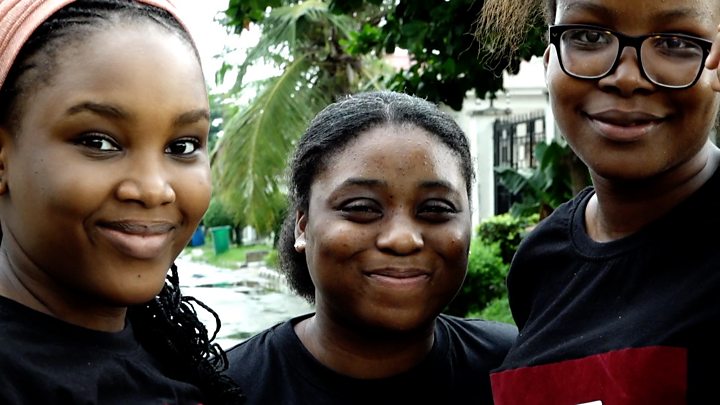Stuart WIilliams
Wed, December 20, 2023
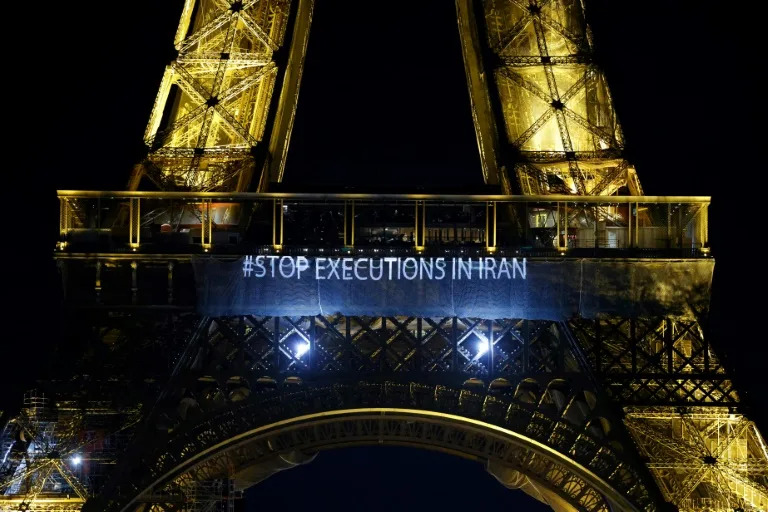
Rights groups are concerned by surging numbers of executions in Iran
Iran on Wednesday hanged a woman convicted of murdering her husband, whom she married while still a child, defying an international campaign for clemency, rights groups said.
Samira Sabzian, who had been in prison for the past decade, was executed at dawn in Ghezel Hesar prison in the Tehran satellite city of Karaj, the Norway-based Iran Human Rights (IHR) group said.
Her execution comes as concern grows over the numbers of people this year executed by Iran, where hundreds of people have been hanged mainly on drugs and murder charges, including more than a dozen women.
IHR said Sabzian was a "child bride" who had married her husband at the age of 15 and had been a victim of domestic violence, according to relatives.
The Hengaw rights group also confirmed the execution of the woman, now believed to be in her late 20s or early 30s, saying that she was originally from the city of Khorramabad in the western Lorestan province.
Amnesty International said it was "horrified" by the reports of the "chilling execution", saying the mother of two was "subjected to a forced and early marriage as a child".
The office of the UN High Commissioner on Human Rights said it was "alarmed" by the execution, saying Sabzian had been forced to marry her husband while aged 15.
"We again urge Iran to establish a moratorium on all executions with a view to abolishing death penalty," it added.
The execution has so far not been reported by media inside Iran.
- 'Killing machine' -
Sabzian was arrested around a decade ago when she was aged 19 on charges of murdering her husband and then subsequently sentenced to death, IHR said.
She had two children who she had not seen after her arrest until a final meeting in prison earlier this month, IHR said.
"Samira was a victim of years of gender apartheid, child marriage and domestic violence, and today she fell victim to the incompetent and corrupt regime's killing machine," said IHR director Mahmood-Amiry Moghaddam.
Rights groups have raised alarm over a surge in executions in Iran this year, with at least 115 people put to death in November alone according to Amnesty International.
"The international community must urgently call on Iran's authorities to immediately establish an official moratorium on executions," Amnesty said.
The British government had called on Iran to spare Sabzian's life.
"Samira is a victim of child marriage... Iran must cease its appalling treatment of women and girls," junior foreign minister Tariq Ahmad said on X, formerly Twitter, late Tuesday.
According to IHR, 18 women have now been executed in Iran this year, including Samira Sabzian.
Rights groups have repeatedly said Iran's sharia-based murder laws -- based on a principle of "qesas" (retribution in kind) -- fail to take into account potentially mitigating factors such as abuse or domestic violence in such cases.
Iran has executed eight men in cases related to the protests that erupted in September 2022 but rights groups argue that the surge in hangings on all charges is aimed at instilling fear in the wider population.
According to IHR, Iran executed 582 people in 2022 but this year's total is expected to be significantly higher.
sjw/ah/hkb
Iran hangs ‘child bride’ for murdering husband despite international calls for leniency
Bradford Betz
Wed, December 20, 2023
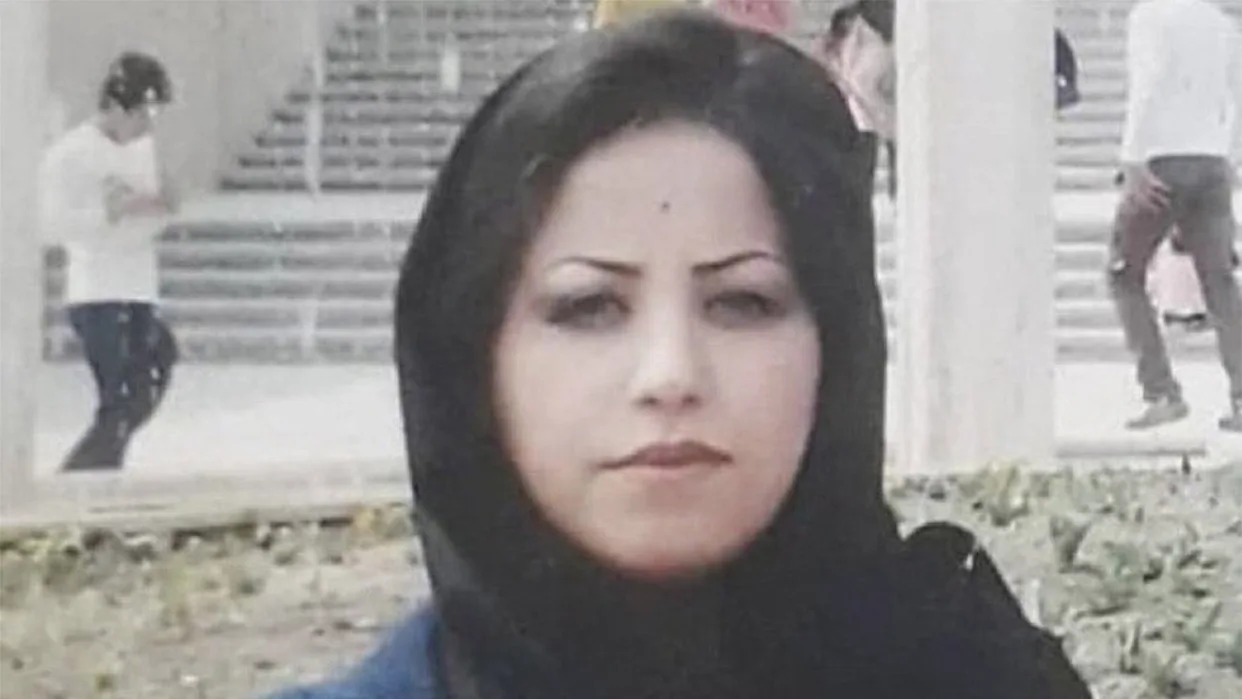
An undated photo of Samira Sabzian.
An Iranian woman who was forced into marriage as a child and being held in prison for murdering her husband, was executed Wednesday despite calls from human rights groups for leniency.
Samira Sabzian was hanged in Ghezelhesar Prison, according to the Norwegian-based group, Iran Human Rights (IHRNGO).

An Iran flag waves at a park in northwestern Tehran, October 3, 2023.
IHRNGO Director Mahmood Amiry-Moghaddam said Sabzian was a victim of "gender apartheid, child marriage, and domestic violence."
US IMPOSES NEW ROUND OF SANCTIONS ON NETWORK INVOLVED IN IRAN'S DRONE PRODUCTION
"[T]oday she fell victim to the incompetent and corrupt regime’s killing machine. A regime that has sustained itself solely through killing and instilling fear," Amiry-Moghaddam said in a statement. "Ali Khamenei and other leaders of the Islamic Republic must be held accountable for this crime."
Sabzian had been in prison for a decade, having been arrested for the murder of her husband.
IHRNGO said Sabzian was forced into marriage when she was 15 and was a victim of domestic violence. She had two young children – including a newborn baby – at the time of her arrest. Sabzian did not see them for 10 years until they came to say their goodbyes at the prison before her execution.
The office of the UN High Commissioner of Human Rights said it was "alarmed" at the execution.
"We again urge Iran to establish a moratorium on all executions with a view to abolishing the death penalty," the office said.
IHRNGO says Iran is one of the world’s leading executioners of women, with nearly 200 executed since 2010. In well over half of those cases, the women – who have no right to divorce, even in cases of domestic violence and abuse – were convicted of killing their husbands.


